Amanor primer
Amanor is both the name of the entire setting and the name of its most significant planet. As a setting, Amanor is a melting pot of many influences with themes of high, epic, and dark fantasy. The planet of Amanor is the focal point of our worldbuilding but it is only a single world within a large Universe.
This primer article is meant to acquaint new readers to the world of Amanor, i.e. Midgard, in the state that it existed at the end of the Blessed Age in 2501 ER before being plunged into the grimdark period of the Age of Apocalypse.
To read about the larger universe around the world of Amanor, see the Cosmology primer.
To read about the Age of Apocalypse, see its category page.
To read about the entire setting, see our World Meta.
Contents
Overview
In the year 2501 of the Egean Reckoning, the Blessed Age of is coming to a close. It has been an age of international peace and prosperity -- a golden age for many a mortal civilization -- but also an age during which the dark plans of the most evil of gods finally come to fruition and the entire universe is plunged into darkness and war. The world of Amanor is an Earth-like planet that adheres to many of the physical laws we are accustomed to in real life. Things are of course made undeniably fantastical by magic, which largely works by the very open-ended, "soft-magic" principles of DnD 5th edition. Our worldbuilding attempts to tackle some of the implications that the incredible power levels of DnD wizardry would have on medieval civilization, but room is still left for hand-wavy explanations of "it's just magic, it's cool".Religion, mythology and gods
A pantheon of benevolent deities known as the Empyreal Gods watches over the world and its denizens. As its creators, they shield Amanor from the countless malignant forces in the great Universe beyond -- bloodthirsty war-gods, screaming demons, imperialistic celestials and many more factions besides would stake their claim on Amanor if not for the hidden sacrifices of the Empyreal Gods in the Divine Conflict. The gods of Amanor are real, living, physical creatures instead of formless, metaphysical entities. The Empyreal Gods have been greatly inspired by Greek and Norse mythology. The gods are -- simply -- very powerful spellcasters and in possession of very powerful magical items. They have been at the top of the cosmic food chain for millenia, and have long histories of conflict, friendship, love, and betrayal between each other. For details on the many deities of the universe, see: Gods Living, breathing, and ambrosia-drinking humanoids though the gods might be, mortals see them as something else entirely. Gods appear to mortals as gods, not as wizards. The Empyreal Gods understand the power of faith, mysticism and religion, and cultivate them very carefully. The Empyreals regularly communicate with their favored followers, and even perform divine miracles in dire situations. The world religion of Amanor is the Empyreal Faith. Amanor is a vast world, and there exists an uncountable number of religious practices around the worship of the Empyreal Gods. Religion in the Heartlands is highly organized, canonized, and bureaucratized; the Imperial Ecclesiarchy is a monolithic organization that is the ecumenical parent church of all Empyreal churches. To read more about various religions and their mythologies, see: ReligionsTechnology and magic
Amanor is a world that has been stuck in medieval times for a few thousand years now. Wizardry, i.e. the casting of spells without innate sorcerous talent, is the most highly developed mortal science. Magic enhances culture, civic engineering, military technology and industry. It is perhaps the great power of magic that has stagnated the development of "mundane technology". An industrial revolution like from the 1700-1800s of the real world is unlikely for Amanor. The Empire of Egea is the technological pioneer of the Heartlands. The Empire's specialty is arcanosmithing, a brand-new field of engineering that combines spellcraft and clockwork machinery to create revolutionary machines such as dirigibles, audio recorders, self-writing styluses and highly sophisticated golems. Another forerunner in scientific research is Isatia, their unique formula of alchemical fire only a step or two away from gunpowder. The arcane arts have been most highly refined in Ellondoth, where truly miraculous spellcraft has transformed society into a naturalistic utopia. The nation refuses to share their magical secrets with the rest of the world for the fear that how such magics would be used for the purposes of war. To read more on some of the technologies of Amanor, see: Technologies
SOME TERMINOLOGY
universe, cosmos
The spherical bubble of existence floating in an endless void.
world, plane, dimension
A particular cosmological region. Most of the worlds of Amanor are spherical, material, and physical realms, i.e. planets, instead of any kind of spiritual or metaphysical realms like the Outer Planes are in DnD.
Amanor
1. The world at the center of the universe, also known as Midgard.
2. The entire setting.
Cosmology
The world of Amanor is a stationary planet at the center of the Universe. The sun and moon of Amanor -- the gods Iona and Etro -- orbit around the planet just below the firmament, an airy globe that shields Amanor from outside observation. The stars that are seen in the night sky are not distant suns, but simply tiny lights attached to the firmament by divine hand. In the wide cosmos beyond Amanor's firmament, there are no galaxies, no star clusters and no solar systems. Planets -- called worlds or planes in-universe -- are formed from the matter of intertwining elemental planes that span the cosmos in a structure known as the World Tree. Worlds composed primarily of the element of fire can function like local suns for surrounding worlds, and the strand-shaped plane of fire can also provide light and warmth for worlds that lie close to it. Want to read more about the cosmos and its peoples? Get started with the Cosmology primer!Continents and peoples
The world of Amanor is dominated by a pangaian mega-continent that contains fantasy corellaries for Europe, Scandinavia, and other historical settings. The focal point of our worldbuilding is the continent known as the Heartlands, a Europe-esque region with several vast kingdoms, a single gargantuan empire, and a smattering of city-states. Most of the articles on this world here in World Anvil are written from the perspective of the Heartlands. For example, other continents are primarily named The North, The South, and so forth, since Heartlander scholars use those names for those continents. The entire south-eastern quarter of the planet -- the supercontinent of Gargantia -- is largely unknown to Heartlanders. To read more about the continents, regions, and other areas of Amanor, see: Locations. To explore Amanor's geography, see the World Map.Heartlands
The Heartlands is known as the Center of the World both geographically and symbolically -- at least if you ask a heartlander. It is indeed a prosperous continent with a long and cultured history. International peace has reigned in the region for the past 90 years, ever since the "Seventh Signing" of the Accord -- an ancient peace treaty that is regularly drawn up, signed by every nation on the continent, and then broken some years later. These nine decades of peace have been named the Blessed Age, the Third Golden Age of Civilization, and they are a welcome change indeed from the bloody centuries of the Age of Strife.The Empire
How many different licenses do you need to tell a joke in the Empire?
The Empire of Egea is the largest, wealthiest, and most powerful nation in the Heartlands. It is a cultural hegemony that defines civilization; the imperial calendar and imperial coinage are used across the Heartlands, Egean is called the "Common" language, and the Ecclesiarchy is the parent organization of all religious worship.
United over thousands of years from dozens of clans, tribes, kingdoms and city-states, the Egeans are a diverse people, known for their high culture and scientific innovation but also for great economical disparity and societal segregation. They are famously proud of their complex bureaucracy, a monolithic organization with endless varieties of permits, documents, and scribes.
Tyria
Mulled wine is like warfare in summer: unbearable because of the heat.
Tyria is a warm land on the coast of a glittering sea, criss-crossed by river valleys and ruled by several independent city-states. Known as the Grand Duchies, the proud cities of Tyria are each of them a marvel of architecture, culture, and economic prosperity.
Tyrians are a people united by the oldest cultural heritage in the civilized world, but have grown apart over the past thousand years of squabbles, wars, and political intrigue. In the times of antiquity, Tyrian civilization was the first to rise from the ashes of the Divine Calamity. Ancient Tyrians spread their innovations to other lands through both diplomacy and war, and their culture has left its mark across the majority of southern and central Heartlands.
Caéled Kingdoms
Aye, those northern folk are strange indeed. They are friends with wood elves there, and wild gnomes and all the rest of them. There are dwarves there that live above ground, too -- whole clans of them in the hills and woods, I heard. And faeries walk among normal people without disguise. Some folk even worship the faeries and give away their children as tribute!
The northern territories of the Heartlands are claimed by the feudal kingdoms of the Caéled, an ancient people that has spread far from their homelands in wild Menargion.
On the western coast, by the Great Sea, lies Caraegwyn, the land of the Excalibur and the Grail, of the Round Table and its great knights. The vast and powerful kingdom has been ruled by House Pendragon in a dynasty that has remained unbroken for over 800 years. Caraegwyn is a spellbound realm of chivalry where the lords and ladies of the fey are friends to mortals, young scions of noble nouses quest across the land, and people still recount with awe the tales of legends like Ser Lancelot, the Green Knight, and Morrigan the Fey.
To the east of Caraegwyn lie the lands of Aredhen, a confederation of small Caéled kingdoms formed several centuries ago to be a geopolitical counter-balance to the great Summer Kingdom. Aredhen is, indeed, even more vast and populous than Caraegwyn but not nearly as prosperous, its development stagnated by the endless squabbling of its member states.
Further to the east, at the precipice of the Rubian Desert, lies the great frontier known as Menargion, a majestic land of forests, mountains and lakes. The old Menargian Empire was shattered by the Demon War some 150 years ago, and nowadays the so-called Free People of Menargion have divided their lands between dozens of ancient clans and newborn kingdoms.
Dwarfholds
Four great dwarfholds are found in the Heartlands -- ancient homes of mountain dwarves that have stood the test of time amidst the roiling geopolitical landscape of surrounding human nations.
Baruk-Tel, the Kingdom Under the Mountain, is a proud mountain city between the Empire and Tyria, wealthy beyond measure and a monument to dwarven majesty. Khazador the Iron Forge is built inside a magma-filled crater of a volcano, its great artisans isolated in the middle of unclaimed wilderness between Ellondoth and Menargion. Further north, the sister cities Kharnimrith and Barag-Lis -- the City of Coins and the Garden of Stone -- guard the trade route known as the Fading Road which connects the Heartlands to the Rubian Desert.
By iron and stone. By mountain and home. By the Oaths and the Ancestors.
High Elves
Ellondoth is the secretive nation of the high elves, the Ellandari. They never leave their homeland and allow no outsiders to enter it. Unbreakable enchantments at its borders shield the nation from magical scrying and prevent entry by both mundane and magical means. Ellondoth is known as the Realm Eternal, for it predates other civilization by several millenia, and to the outside observer it has remained unchanged throughout recorded history.
The Ellandari only barely survived the divine retribution of the Empyreal Gods in the Divine Calamity. They seek to prevent other peoples from learning their art of runemagic, lest the younger races use its terrible power for war.
We all know the Great Shame. We all know the sacrifice demanded of us.
The Cold North
North of the Heartlands lies the subcontinent of Polaria, known also simply as The North. It is a vast, arctic region separated from the Heartlands by ranges of tall mountains. Warm sea currents enable naval access between the Heartlands and the North, but land travel is largely unfeasible. Most northern nations are geographically distant from each other, divided by savage frontier regions that teem with barbarians and dangerous creatures.Barbarian tribes
Travelling north through the Gap of Aredhen one reaches the cold and arid land of the Blasted Steppe. It is the home of the Dalantai tribes, a nomadic people that move their entire livelihoods on horseback in chase of prey animals and seasonal harvests. The Dalantai are known in the Heartlands as marauders, raiding nearby lands for plunder and slaves.
In the Blasted Steppe, the strong rule and the weak follow. The proud tribes are bloody rivals to each other, although rarely a Great Khan might arise to unite them and lead a great conquest into more civilized lands. The bleakness of the Blasted Steppe and the unfiltered aggression of its people has seen the region untouched untouched by foreign powers.
West of the Blasted Steppe lie the salty shores of Vormark, separated from northern Heartlands by the impassable Black Mountains, and to the north lies the Borean Tundra, an arctic expanse of no man's land. These two savage frontiers are home to a nationless people of orcs, humans, goblinoids, elves, giants, dwarves, gnolls, gnomes and more.
The so-called barbarians of the north are rugged survivalists and great warriors all, the harsh folk of a harsh land -- strong as the mountains, hard as steel, and unyielding as the winter. Their diverse people is ever at war with itself, generation after generation fighting with their old enemies for reasons long forgotten.
We man the Three Keeps as best we can, and House Blackwell has held the High Pass for three centuries. But we are a candle before a storm. The last time the savages came in strength, the Gap was filled with their numbers and the lowlands burned only days after. We are availed of such destruction only by the fact that the savages hate each other more than they hate us.
Kushan
Sailing northwest from the Heartlands, past the coasts of Vormark and over Daggerguard Bay, one reaches the shores of Kushan, the Sunset Republic. It is a small but powerful nation of scholars and soldiers, of daring sailors and great engineers. Kushan is wealthy and powerful despite its small size, for it has not only an abundance of natural resources but also a strategic location along major naval trade routes.
The Kushani are a stubborn and disciplined people, beset by adversity on all sides in the hostile north. Their society is cultured, civilized, martial, and deeply religious, governed by an imperial dynasty that was begun by two legendary rulers that ascended to divinity to join the pantheon of the Empyreal Gods.
You shall not desert those who rely on you.
Nordgard
Southwest of Vormark lies Nordgard, a nation as vast as the Empire of Egea but with only a fraction of the population. It is a cold land of stark beauty and deep silence, of long winters and nightless summers. Nordgard has very few natural resources -- with the exception of boundless forest and excellent fishing waters -- and its people look elsewhere for riches.
The Nordjar have become a quintessential warrior-culture. No man is respected or given positions of authority unless they have proved their martial prowess in conflict, either by civil strife, raiding or mercenary work. There is not a single coastal civilization on Amanor that has not been visited by the infamous longboat armadas of the Nordjar.
No remorse! No prisoners! Today you earn your shields, boys!
The Tropical South
South of the Heartlands lie the verdant jungles of ancient Susaria. To heartlander historians and other scholars, this tropical subcontinent -- known simply as The South -- is shrouded in mystery, for it defies exploration and its civilizations are reclusive and strange. The lands is home to two peoples feared for their warmongering: Amazon warbands are a constant threat to the fringe regions of southeastern Tyria, and the lizardfolk are known to test the coastal defenses of Egea and the Grand Duchies with military invasions at least every few centuries. The southern jungles end at the Straits of Doom, a maze of desolate waterways that no mortal has mapped or crossed.Lizardfolk
Menyamar is the vast jungle dominion of the lizardfolk, a race of warlike reptilian humanoids. Lizardfolk are short-statured and short-lived but clever-minded and incredibly numerous. Their proud empire has endured through the ages by faith, steel, and blood. Menyamar has always bickered and warred with its eastern neighbor, Nergamesh.
Nergamesh
Nergamesh is a vast kingdom built on the ruins of the past. It has been conquered several times over the centuries by the lizardfolk of Menyamar, but time and again, the Nergali have risen up and driven the invaders from their lands. They are diverse but unified people, every caste of their martial society ever loyal to the Dragon Throne.
Amazons
The Amazons of Achillonia are the mortal children of Galatea, the Goddess of Battle. Their home is the impenetrable land of the White Peaks, a soaring mountain range between Tyria and Nergamesh. Amazon women are strong and tall -- appearing more like demigods than humans -- and absolutely terrifying to face on the battlefield.
The Distant West
West from the Heartlands, far across the Great Sea, lie the shores of Laurania, a tropical subcontinent with ancient history that is nowadays known simply as The West. It is connected by land to the Heartlands only by the impassable Straits of Doom in the distant south. The gliterring coasts of the West were discovered by nautical explorers several centuries ago, and a rush of settlers travelled there from the lands of Tyria and the Empire. Their colonies have long since attained independence and formed nations of their own, competing nowadays with each other as well as indigenous peoples for land and resources.Minarran Empire
Minarra is a large empire built on conquest and expansion. Over the past several centuries it has annexed into itself numerous Minari kingdoms, city-states, princedoms and duchies on the Minarran Peninsula, meeting stiff resistance only past its western shores in a united Isatia.
Minarra is a totalitarian and deeply religious patriarchate. Non-human races are seen as inferior and dangerous: to be discriminated, isolated, deported, or enslaved. But even human citizens sacrifice basic rights and liberties for "the greater good" and "the glory of the empire" -- or in other words, "for fueling the endless war effort." Minarra thrives on war, and is constantly at odds with its neighbours. Even civil war is commonplace.
To war, my brothers, to war! For duty and for glory we march! The Gods of War are watching! Die in their name with bravery in your hearts, and serve them for eternity in the afterlife!
Isatia
Isatia is a confederation of three matriarchal republics, brought together to resist the military expansion of the Minarran Empire. It is a maritime state situated on a sprawling archipelago rich with natural resources, its technologically advanced armadas the mightiest naval force on the High Seas.
The Isatians are an intellectual people of sailors, magicians and inventors. Their society has shaped itself to be the antithesis of Minarra: scientific and progressive where the empire is stagnant, liberal instead of oppressive, protective instead of exploitative, atheist instead of religious, reliant on high magic instead of conventional industry, and -- above all -- profoundly feminist where Minarra is patriarchal.
Of course, honey, you should try the exams. But you'll have to study really hard. They didn't admit a single man into the university last year. Academia is a woman's world, as you know. You just might not be cut out for it...
Jungles of Tongobwe
Tongobwe is a land of primal magic and ancient spirits, its jungles stretching for hundreds of kilometers across the westernmost peninsula of Amanor's pangaian mega-continent. It remains unspoiled by modern hallmarks of civilization, its naturalistic peoples living in harmony with nature, side by side with an uncountable variety of exotic animals and magical creatures. The timeless jungles are home to a few dozen tribes and feudal kingdoms. Architecture, industry and civil infrastructure are developed with nature-shaping magics, causing little to no damage to the environment.
See the Symmetry around you. The ebb and flow of life, the cycle of seasons, the birth of new and death of the old. The endlessness of everything...
Isles of Sah-Dai
The Isles of Sah-Dai are an archipelago several hundreds of kilometers across, located at the southwestern edge of the Great Sea. It is a warm and tropical region that is home to a seemingly endless population of pirates, known as the Sahi, that sustain themselves by raiding the coasts and shipping lanes of the High Seas.
The so-called Corsair Fleets are ruled by an ever-changing number of pirate lords, self-proclaimed commanders of rag-tag fleets or rulers of island strongholds. These Pirate Princes rise and fall in rapid succession as they squabble amongst themselves and compete with endless backstabbers. Folk flock to the isles from all across the world, making the Sahi a diverse and egalitarian people -- race, ethnicity, and sex are irrelevant to them. Only strength matters; strength of body, will, and character. Might makes right on the Isles, as it does on the High Seas.
I invoke the right of parrrrley!
The Uncharted East
The Heartlands are bordered in the east by mountain ranges, the Bay of Death and the Rubian Desert. The west-to-east-running trade route known as the Fading Road connects Aredhen to the civilizations of the Rubian Desert and beyond. Otherwise, the Rubian is a largely insurmountable obstacle, a vast, hot desert that covers the subcontinent of The East almost entirely. Civilizations that thrive on its scorching dunes must rely heavily on magical solutions to make their environment hospitable.Ankur
On special offer today: a limited batch of authentic Ankurian flying carpets! Don't miss this once-in-a-lifetime chance!
Ankur is a mysterious desert nation of wizards and sorcerers, of levitating cities and talking golems, of gilded pavilions and colorful gardens. Ankur functions as a magocracy, ruled by a council of archmages and djinns. The very existence of the nation is reliant on magic. From magical servants to conjured goods, all of the nation's infrastructure and industry are enhanced with advanced spellcraft.
The Ankurians are an enlightened but isolatory people. Their lands are cradled by mountains at the northernmost edge of the Rubian Desert, isolated from other nations. They have more contact with peoples of the Outer Planes than with the rest of Amanor.
Sorcerer by Ameen Art
Seldaroth
You tread on stone that is not yours, dwarf. A costly mistake, but one that is often made. The price is paid in blood.
North of the Rubian Desert lie the unknowable Shadowlands, seperated from the lands of Ankur by the Forbidden Mountains. Their darkling peaks have have never been crossed, and the land beyond is perpetually cloaked in impenetrable clouds and gargantuan banks of dark fog. No living soul that wanders into the Shadowlands ever returns to tell the tale.
Unknown to most, a network of caverns expands beneath the Shadowlands. There lies Seldaroth, the realm of the red elves – an isolationist people that guards their territory with absolute ruthlessness. Trespassers are dealt with harshly, be they surface-dwellers or creatures from the Underdark.

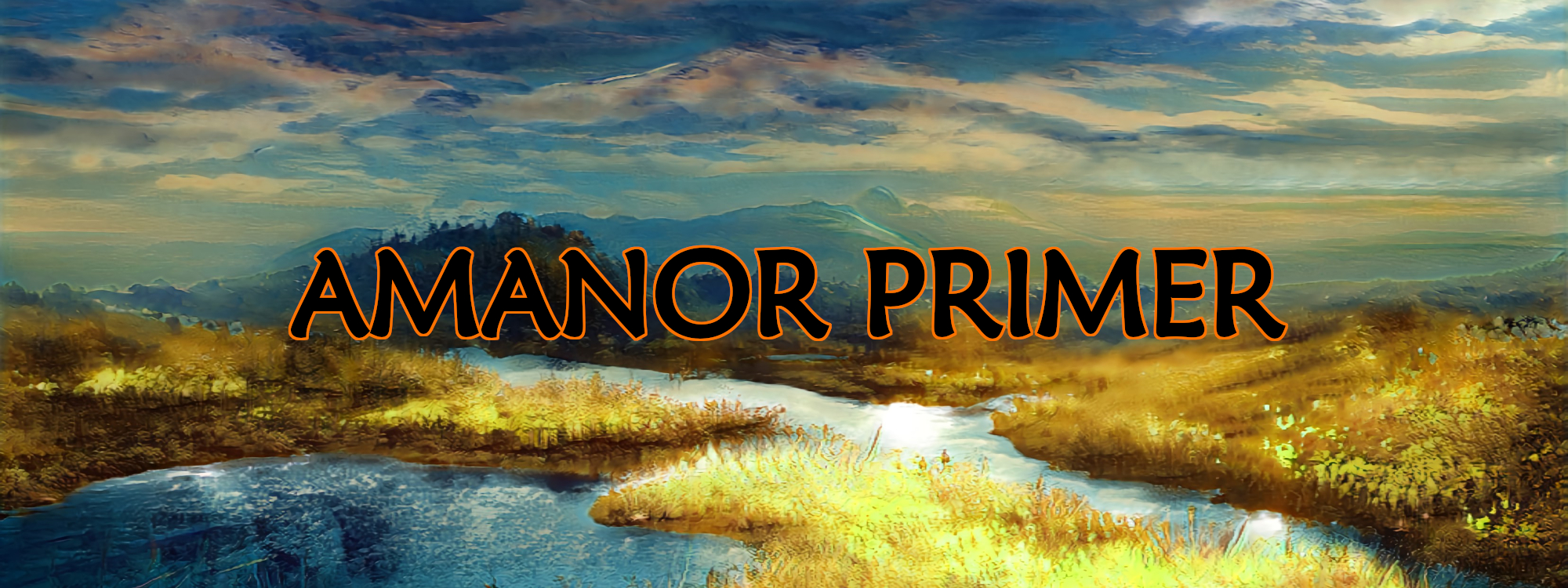

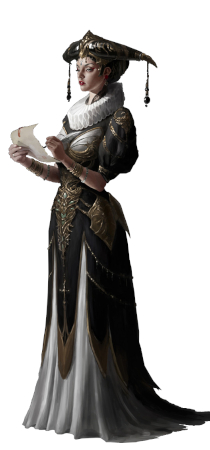
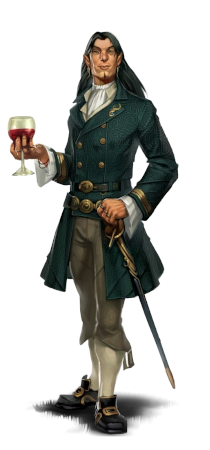
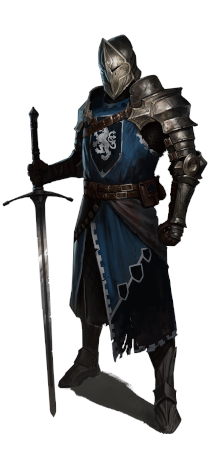

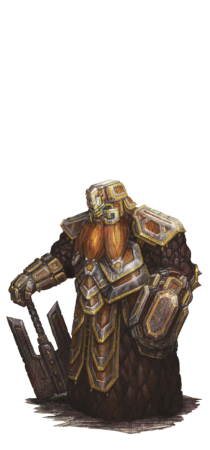

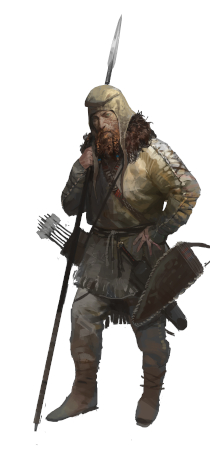
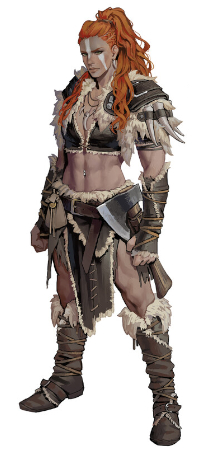

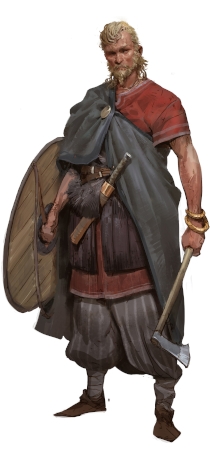
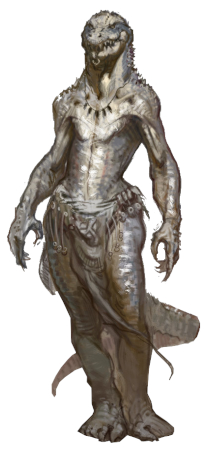
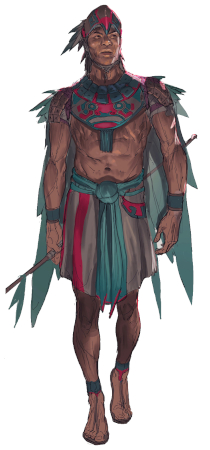

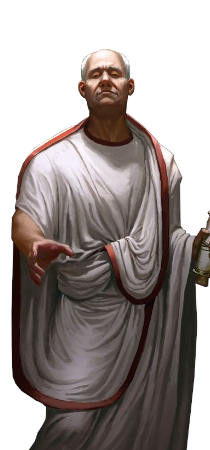
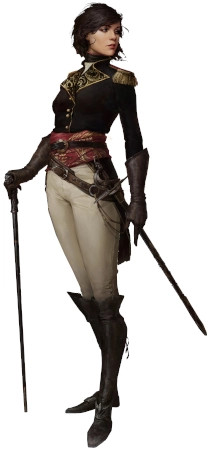
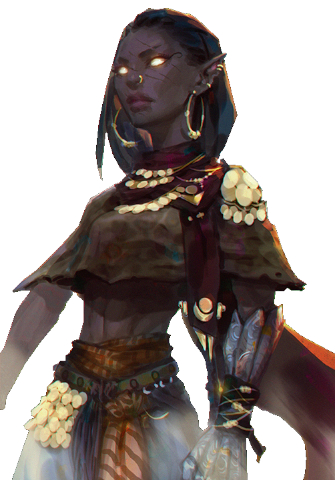
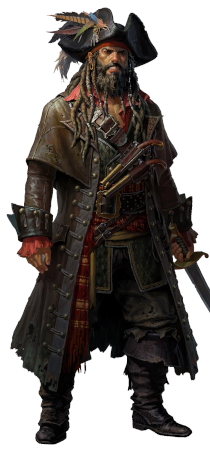


Comments